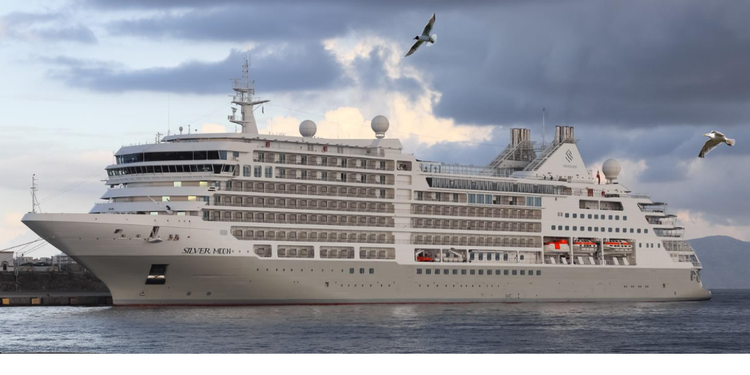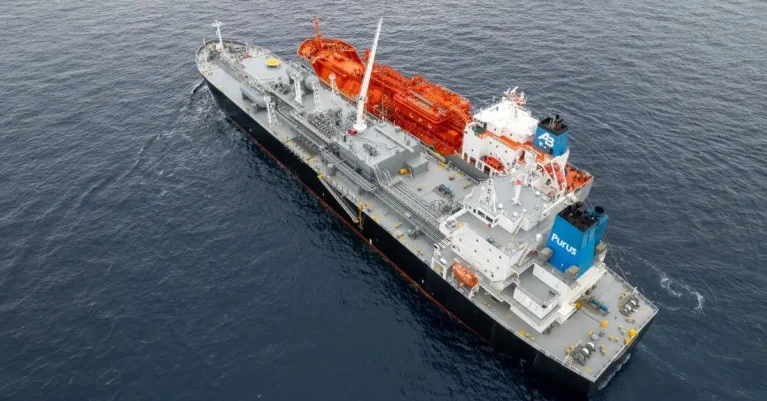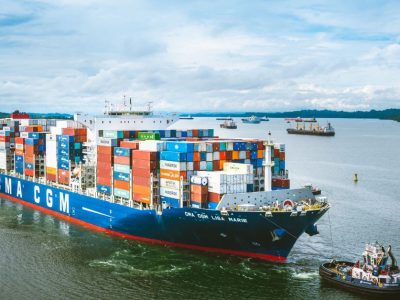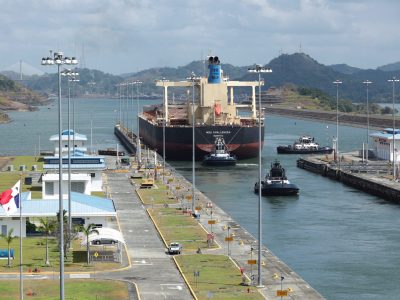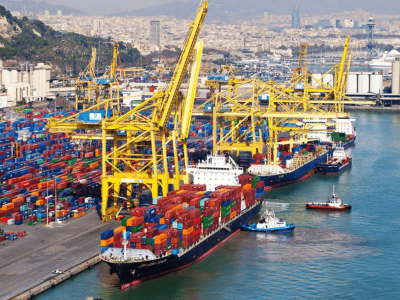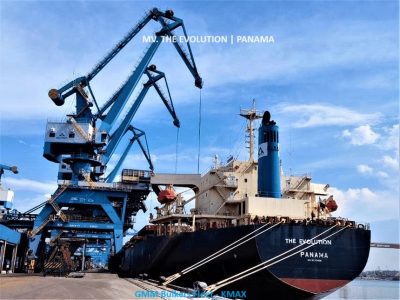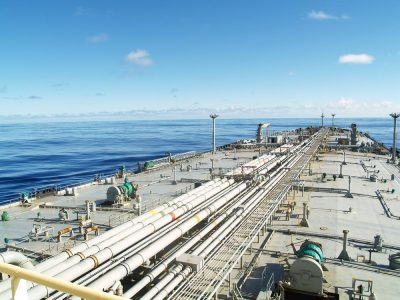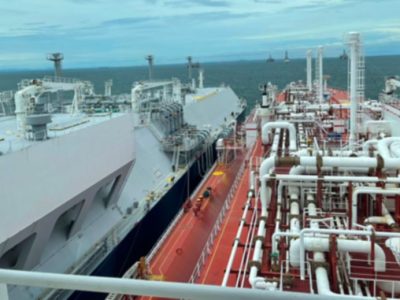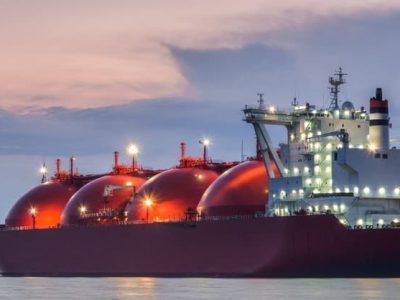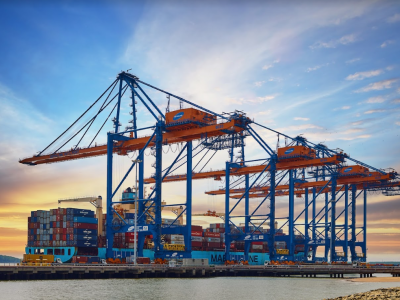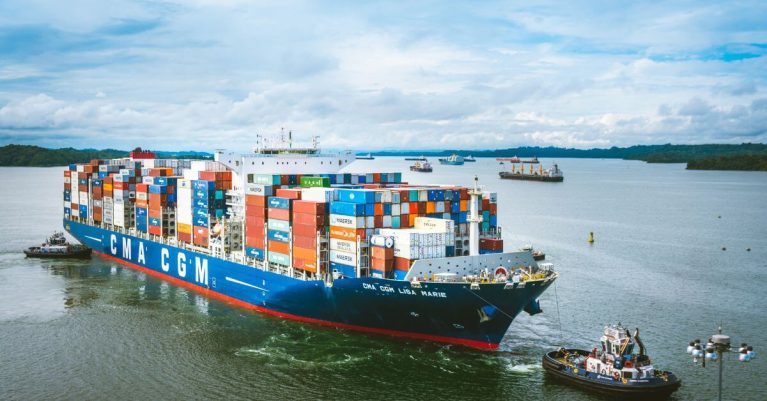By GMM News | 2025-11-09 | International Shipping News |
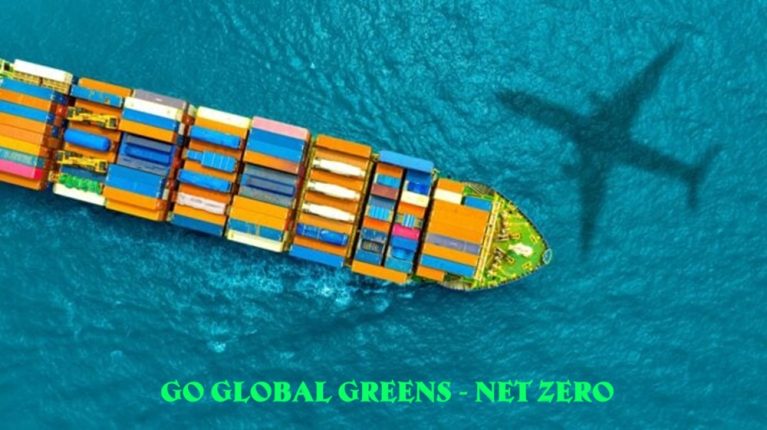
The European Commission launched its Sustainable Transport Investment Plan last week, setting an ambitious roadmap to transform the aviation and waterborne transport sectors through renewable and low-carbon fuels. The plan seeks to mobilize at least €2.9 billion by the end of 2027 to address what officials describe as an urgent need to scale up alternative fuel production.
The stakes are significant. To meet targets established under the ReFuelEU Aviation and FuelEU Maritime regulations, the EU will need approximately 20 million tonnes of sustainable alternative fuels by 2035, requiring an estimated €100 billion in market investments.
“Our Sustainable Transport Investment Plan is a decisive step towards a sustainable future. It’s not just about cutting emissions – it’s about building a stronger, more competitive and resilient Europe that leads in sustainable transport,” stated Commissioner for Sustainable Transport and Tourism Apostolos Tzitzikostas.
The plan’s short-term measures include €2 billion from InvestEU to remove investment barriers, €300 million through the European Hydrogen Bank for hydrogen production supporting sustainable aviation and maritime fuels, and hundreds of millions more through the Innovation Fund for specific fuel projects.
Industry response has been mixed, with stakeholders praising the framework while emphasizing the need for rapid implementation. Jim Corbett, Environmental Director for Europe at the World Shipping Council, called the plan “a promising first step” but stressed that “the strategy must be taken forward in ways that deliver real impact on maritime decarbonization.”
The World Shipping Council pointed to its own research showing the maritime sector alone could uptake 14.4 million tonnes of oil equivalent of renewable fuels by 2035—representing roughly 70 percent of the Commission’s combined target for aviation and maritime—if proper investment conditions materialize. The organization emphasized that over €150 billion has already been invested in dual-fuel ships ready to run on zero or near-zero fuels by 2030, but these investments will only translate into emissions reductions if renewable fuels become competitively priced.

SEA-LNG welcomed the plan’s recognition of methane-based pathways, including LNG, bio-methane and e-methane. Steve Esau, Chief Operating Officer at SEA-LNG, noted that “policymakers increasingly recognise the need to balance competitiveness with sustainability and to focus on proven practical and realistic solutions that deliver towards decarbonisation today”.
However, environmental groups warned about timing. Transport & Environment acknowledged promising steps to boost e-fuels production but cautioned that action is needed by 2026. Antony Froggatt, senior director for aviation, shipping and energy at T&E, stated: “The plan clearly acknowledges the important role of e-fuels in decarbonising aviation and shipping. For the first time, the EU will develop an effective financial instrument to kickstart production. The EU must now follow through on these commitments if it is to help preserve Europe’s technological leadership in e-fuels.”
The plan is structured around three pillars: a strategic framework identifying investment needs, financing actions with short and medium-term impact to unlock investments, and an external dimension facilitating global production while ensuring fair competition for EU businesses.
In the medium term, the Commission plans to establish an intermediary mechanism connecting fuel producers and buyers to provide revenue certainty and de-risk investments. An eSAF Early Movers Coalition pilot project, launching by year’s end alongside committed Member States, aims to mobilize at least €500 million for synthetic aviation fuel projects.
The STIP follows the IMO’s October failure to adopt a global carbon pricing system for shipping. Member states postponed the Net-Zero Framework vote to October 2026 due to pressure from the Trump Administration and petro-states. The delay pushes enforcement to decade’s end, leaving the EU’s Emissions Trading System (ETS), combined with the FuelEU Maritime, as the only major carbon-pricing regime for global shipping, reinforcing Europe’s role as de facto climate regulator.
As Europe positions itself to lead the global maritime energy transition, the consensus among industry stakeholders is clear: ambitious targets require equally ambitious and swift implementation to bridge the gap between renewable fuel production capacity and the sector’s decarbonization goals.

